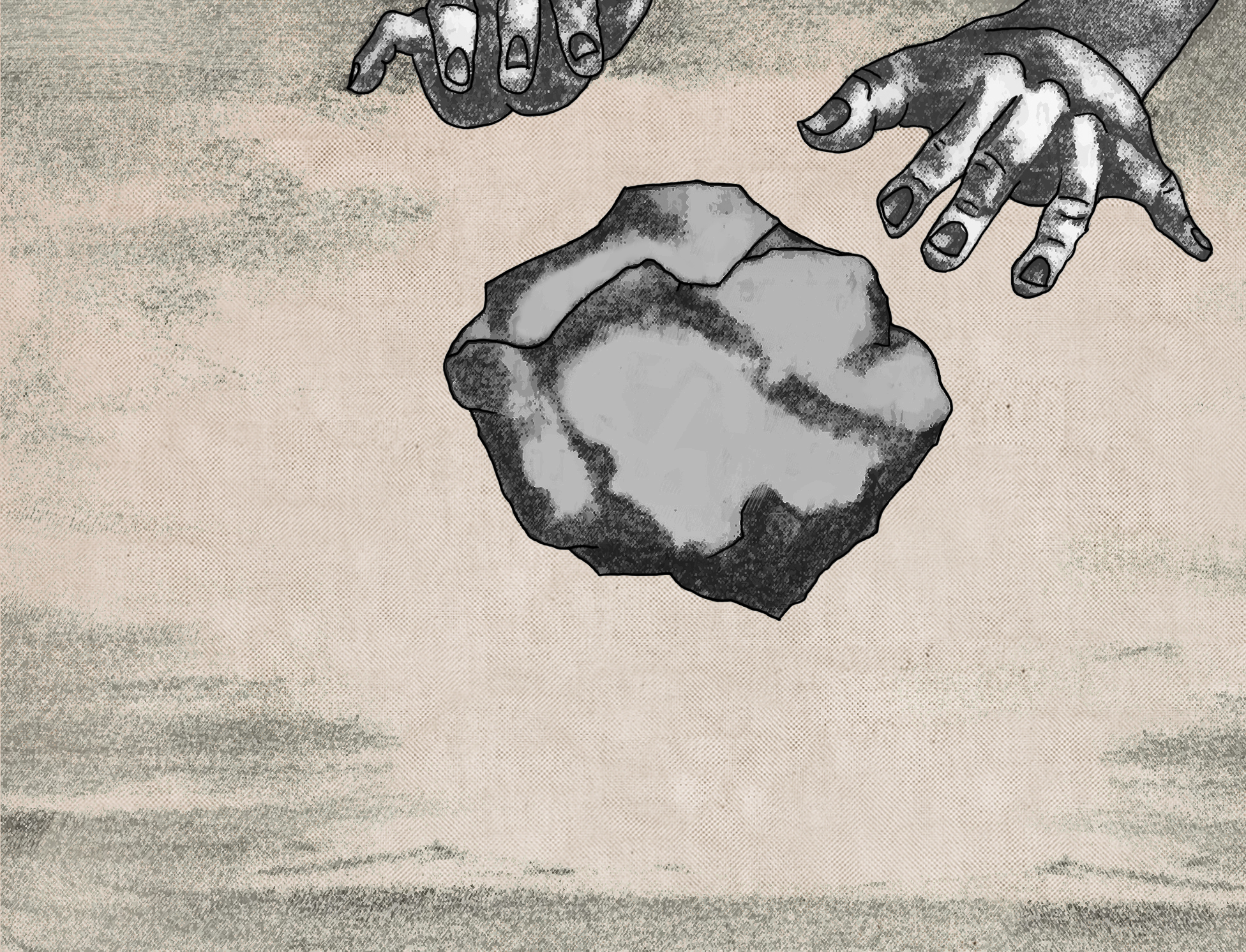
As Brother Fred Henry (“Lafai”) points out in the Lambie edition of History, (pp. 18) the Samoans believed Samoa was the whole earth. Like philosophers everywhere, some emphasized the physical creation of the earth by focusing on its elements, others by focusing on the gods and others who engineered the creation: He writes, citing George Turner, “There is a [Polynesian] tale of creation beginning with leai (nothing), followed in succession by nanamu (fragrance), efuefu (dust), iloa (perceivable), ele’ele (earth), papatu (high rocks), ma’ata’anoa (small stones), then mauga (mountains). Turner, George, Samoa, A Hundred Years Ago and Long Before, Echo Library, (2006), pp 5-6. Another school of philosophy focuses on the “ . . .cosmic genealogy, taking the form of married couples, beginning with the marriage of rocks which produced the earth, followed by phenomena connected with the sky. The marriage of ‘cloud-less’ heavens with ‘spread-out’ heavens gave birth to Tagaloa, the creator of men.” (pp. 17-18)
After Tagaloa made the heavens, he next made the earth. To form Savai’i and Upolu Tagaloa rolled two giant stones from the heavens. According to other versions, they were drawn up from under the ocean with a fishhook. Tagaloa then created Fe’e the cuttle fish (elsewhere the octopus), and told him to go down under the earth to populate the lower regions of sea which were called Sa-le-fe’e (sacred to the Cuttle fish). These fish brought forth all kinds of rocks, thereby creating the great rock on which we live. (R.W. Williamson).
In another version Tagaloa has two children- Moa and Lu. When Lu asserted himself over the first born Moa, Tagaloa beat him, whereupon he ran away to earth which he named Sa-Moa (meaning without Moa). This story is found in Talitongua Anamua, the Origin of the Name of Samoa.
Another version is that the rocks (papa) married the earth (Ele’ele), and the earth became pregnant. Salevao, the god of the rocks observed motion in the “moa” or center of the earth. The rocks and the earth begged Salevao to give them some of the water, which he brought out from the rocks with a bamboo straw, and thereby made springs. Later Salevao decreed that everything that grew on earth was “sa ia Moa” (“sacred to Moa”) until his hair would be cut. When his hair was cut, the restriction was lifted, but the rocks and the earth kept the name “sa ia Moa”, which, when shortened, became “Samoa”. This story is told at greater length elsewhere here in Talitonuga Anamua (Origin of the Name of Samoa).
Others prefer geographical explanations. The supreme god Tagaloa Fa’atupunu’u first created Manu’a and made this island his earthly headquarters. He next created Savai’i, then Fiji and Tonga, followed by Upolu and Tutuila. The last two were made of small stones and pebbles to be used as stepping stones by Tagaloa when he travelled to Savai’i. According to this Manu’a legend, Manu’a was the location of the beginning of all life and culture, and the Tuimanu’a (Kings of Manu’a) were the direct descendants of Tagaloa. In this version Moa is the eldest son of Tagaloa, and Moa became the family name of the people at Manu’a. His power extended over Samoa and the entire Pacific, including Tonga, Fiji, Rarotonga, and Tahiti. The people of all of the islands had to send him a yearly tribute (umiti) consisting of fish and foods. This domination ended at about the year 900 when Upolu was politically organized by Pili and his 4 sons; Tua, Ana, Tuamasaga, and Tolufale. Pili’s stories appear throughout.
Here is a version written by the National Park Service in American Samoa:
According to the National Park Service recitation of the story of how Togaloa created the islands, see here describing how he looked down from his place in the heavens to see only waters covering the earth, and thinking it would be good to have a resting place there, he created Manu’atele (Greater Manu’a). Pleased with his work, he wanted more, and divided up the Manu’atele to make Savai’i, Upolu, Tonga, Fiji and all the other islandss. Evaluating this work, he decided it was too far a distance between Savai’i and Manu’a, so another rock was placed at the midpoint: Tutuila (now American Samoa). Just as in this story about the creation of the geological characteristics of the land below the Heavens, human beings were next formed when vegetation turned to worms, and their final form was completed by Togaloa’s interventions adding arms, legs, and so forth. He made woman out of man, and then assigned a pair to each island, naming the islands after each pair. He then decided that a king above all the others should reside and rule from Manu’atele with the title Tuimanu’a Moaatoa.
Comments are closed here.